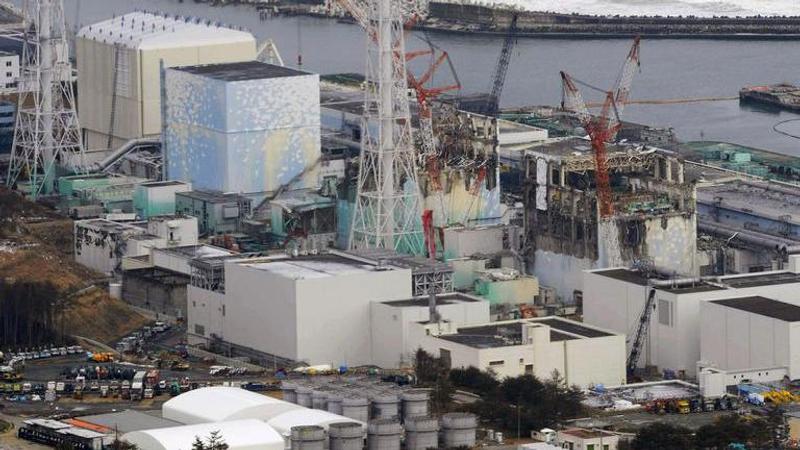Published 21:25 IST, April 22nd 2020
Another earthquake, tsunami could overrun Fukushima nuclear plant seawall: Report
A report released by the Japanese government on April 21 said that a massive earthquake may trigger the collapse of the already-wrecked Fukushima plant seawall.

A recent report released by the Japanese government has stated that a massive earthquake may trigger the collapse of the already-wrecked Fukushima Daiichi nuclear power station seawall.
The Japanese government in its report on Tuesday, April 21 said that a tsunami with waves as high as 13.7 metres could overrun the 11 metres seawall being built by the Tokyo Electric Power Company (Tepco) to safeguard the contaminated water, currently stored inside the compound.
A Tepco spokesperson, while talking to the media, said that the company will be assessing the government's report on the impact a possible tsunami may have on the preventive wall being built to safeguard the decommissioned nuclear station.
According to reports, there are currently 1,000 tanks of radioactive water waste inside the compound of Fukushima Daiichi nuclear power station.
The Japanese government had earlier made plans to release the radioactive water waste into the ocean which also received backing from the International Atomic Energy Agency (IAEA).
In December 2019, Japan's economy and industry ministry had proposed the gradual release or evaporation of more than one million tons of radioactive water stored at the tsunami-wrecked Fukushima nuclear plant.
Fukushima incident
In 2011, Japan recorded one of the worst earthquakes in history which triggered the catastrophic Fukushima Daiichi nuclear disaster. It was the most severe nuclear disaster since the Chernobyl incident of 1986, triggered by the Tōhoku earthquake and tsunami on 11 March 2011.
However, investigations showed that the Fukushima catastrophe was man-made in nature and could have been avoided even after the earthquake. The National Diet of Japan Fukushima Nuclear Accident Independent Investigation Commission (NAIIC) found out that the plant operators had failed to meet basic safety requirements which led to the disaster. Despite the scale of the disaster, only one cancer death was attributed to radiation exposure by the Japanese government.
(Image Credit: AP)
Updated 21:25 IST, April 22nd 2020




